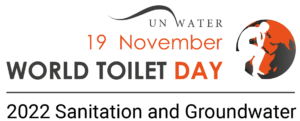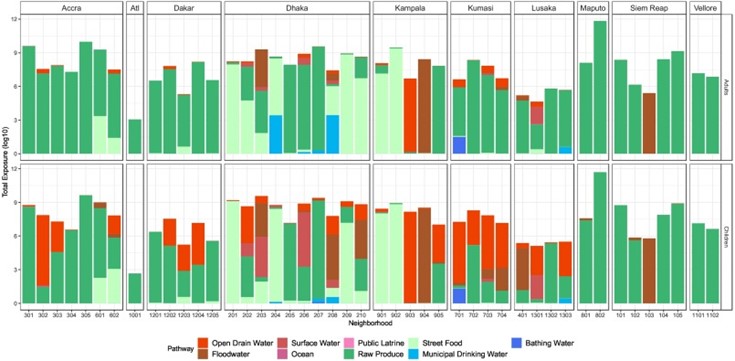World Toilet Day 2022: Thinking Outside the Toilet
I have travelled across multiple continents looking at (and using) toilets for my work with the SaniPath team. Our team uses public health principles to understand how poor sanitation may result in increased risks of exposure to faecal contamination in the environment and the spread of infectious diseases in low-income rural and urban communities globally. It’s easy to have an “out of sight, out of mind” attitude when it comes to faeces. Those of us privileged enough to have access to improved sanitation facilities and live in areas serviced by sewers probably spend very little time thinking about what happens after we use the toilet. However, if there is anything my work has taught me, it’s that faeces are not always out of sight, and even if they are, they certainly shouldn’t be out of mind.
According to the World Health Organization and UNICEF’s Joint Monitoring Program, almost half of the World’s population does not have access to a safely managed sanitation system. This means they don’t have a toilet that safely contains bodily waste and that is then treated on site (e.g., in a septic tank) or off site (e.g., at a wastewater treatment plant). Of the 3.6 billion people who still lack access to basic sanitation services worldwide, about 1.7 billion lack even basic services or have limited services, still practice open defecation, or use toilets where faeces are not safely managed. Where safe management of faeces is not available, it directly flows into open drains, canals, or other bodies of water. It can also stay in the residential environment, contaminating surfaces, play areas, bodies of water where people may swim or fish, and even contaminate our food through poor hygiene and irrigation with wastewater.
This year the theme for World Toilet Day 2022 is “Making the Invisible Visible”- to highlight the connection between sanitation and groundwater, which is often overlooked. The work we have done with SaniPath in collaboration with partners across the globe has shown just how inadequate sanitation can spread faecal contamination in the rivers, lakes, and soil, which can all impact groundwater quality. The figure below shows the relative risks of exposure to faecal contamination from 9 different environmental pathways in 10 cities across the globe. Surface waters contribute significantly to this risk in communities in several different cities, including Kampala (Uganda), Dhaka (Bangladesh), Kumasi (Ghana), Lusaka (Zambia), and Siem Reap (Cambodia) among other cities in emerging economies. Our work has also shown very high E. coli levels from public spaces as well.
The public health ramifications of such exposures can be large. Poor water, sanitation, and hygiene are strongly associated with several poor health outcomes. These include: diarrhoeal disease, intestinal worms, and vector-borne diseases (diseases transmitted through another living organism). According to the US Centers for Disease Control and Prevention, diarrhoeal diseases alone are responsible for the deaths of 2,195 children every day—more than AIDS, malaria, and measles combined. Even where diarrhoeal diseases do not result in death, with repeated infections, studies have shown that children can develop environmental enteric dysfunction (the inability of the gut to absorb nutrients), which can in turn lead to malnutrition. Illness results in missed days of school or work, a weakened immune system, and poor community health.
We cannot ignore the interconnectedness of the environment, health and sanitation. The worsening effects of climate change only exacerbates issues of water and sanitation and poses new challenges in developing sustainable solutions. For example, rising sea levels result in increased flooding in climate vulnerable communities, overflowing toilets and septic tanks polluting our groundwater. Toilets are important, but we also need to be thinking outside the toilet— recognising how poorly contained faeces can affect the living environment and our water resources.



